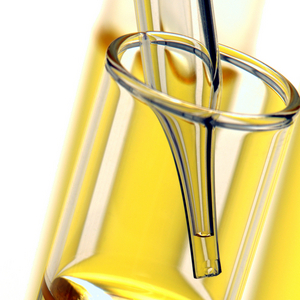Cloning technology being utilized in biomass study




December 12, 2013
BY Chris Hanson
Researchers at the University of Georgia are using cloning technology to develop faster-growing sweetgum trees that can be used for biomass energy generation or for pulp and paper production.
By using cloning technology, the grown trees should have much more consistent characteristics, such as wood density and fiber length, than conventionally propagated material, explained Scott Merkle, professor of forest biotechnology at the University of Georgia. The practices can also be extended to clone elite hybrids to propagate only the material with the most desired features. In the specific case of these hybrid sweetgum clones, some displayed hybrid vigor and outgrew some of the best native sweetgum material, he added. Additionally, there was evidence that some of the hybrid clones had a higher specific gravity than the native sweetgum plants. With a higher gravity and faster growth rates, there is potential for greater biomass yields, he said.
Advertisement
Advertisement
Merkle hoped to see that the cloned trees perform consistently well, grow on very short rotations and remain free of insect and disease problems at a range of sites across southeastern U.S.
The cloning process begins by maintaining embryogenic hybrid sweetgum cells on petri plates. The cultures are transferred to an auxin-containing medium to be grown in flasks or bioreactors and rapidly multiply, explained Merkle.
Advertisement
Advertisement
Roughly six weeks later, the cells grew into proembryogenic masses (PEMs) and dumped through a series of sieves to select smaller diameter PEMs. The selected PEMs were collected on filter paper and overlaid with other PEMs on a petri plate without auxin. Without the auxin, the sieved PEMs synchronously developed into thousands of somatic embryos, which resembled seed embryos, but are all clones of each other, Merkle explained.
In six to eight weeks, the embryos get removed from the plates and germinated in bioreactors, or other methods, to produce somatic seedlings, which are grown in an artificial environment for another six-week period. The seedlings are grown under high humidity conditions. The humidity is gradually decreased, allowing the seedlings to harden. The hardened seedlings are taken to the greenhouse and grown usually for a single season prior to being planted in the field.
The project was funded by ArborGen Inc., a commercial forestry company in South Carolina.
Upcoming Events





